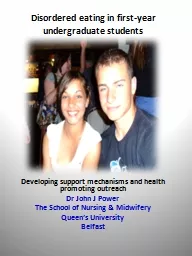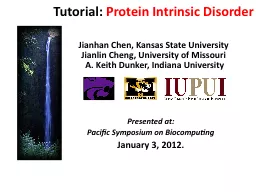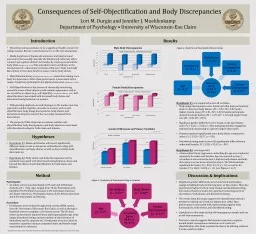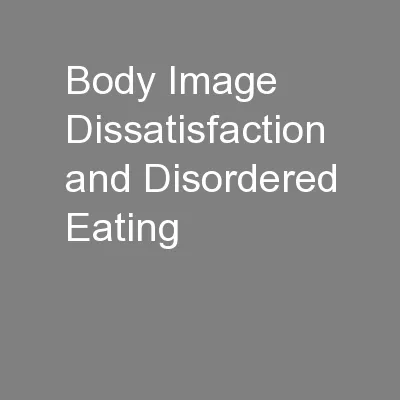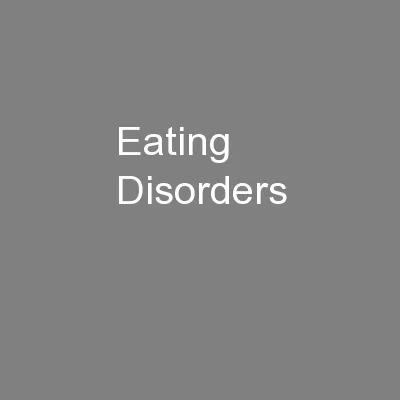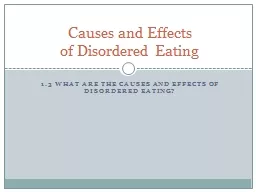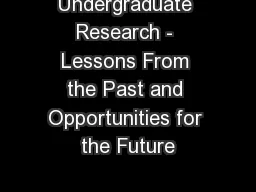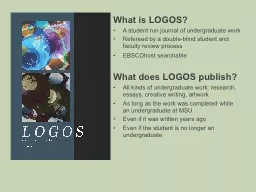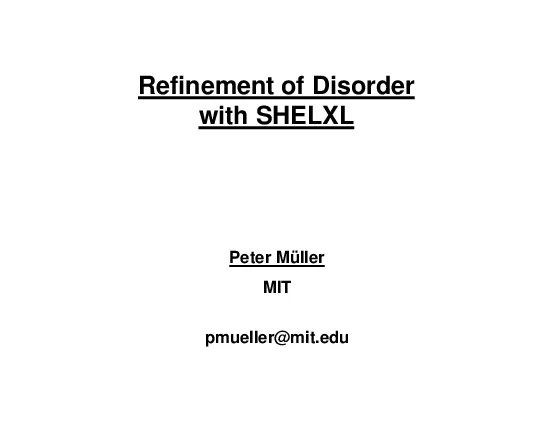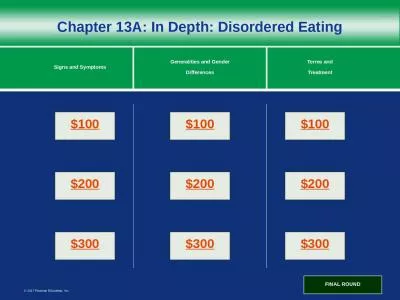PPT-Disordered eating in first-year undergraduate students
Author : phoebe-click | Published Date : 2017-07-26
Developing support mechanisms and health promoting outreach Dr John J Power The School of Nursing amp Midwifery Queens University Belfast Theoretical Basis Positive Psychology
Presentation Embed Code
Download Presentation
Download Presentation The PPT/PDF document "Disordered eating in first-year undergra..." is the property of its rightful owner. Permission is granted to download and print the materials on this website for personal, non-commercial use only, and to display it on your personal computer provided you do not modify the materials and that you retain all copyright notices contained in the materials. By downloading content from our website, you accept the terms of this agreement.
Disordered eating in first-year undergraduate students: Transcript
Download Rules Of Document
"Disordered eating in first-year undergraduate students"The content belongs to its owner. You may download and print it for personal use, without modification, and keep all copyright notices. By downloading, you agree to these terms.
Related Documents

